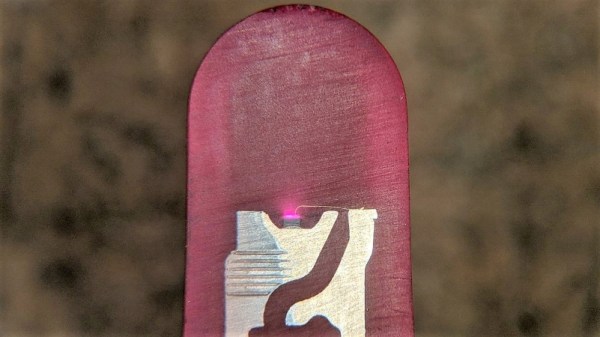Looks like there’s trouble out at L2, where the James Webb Space Telescope suffered a mechanical anomaly back in August. The issue, which was just announced this week, involves only one of the six imaging instruments at the heart of the space observatory, known as MIRI, the Mid-Infrared Instrument. MIRI is the instrument on Webb that needs the coldest temperatures to work correctly, down to six Kelvins — we’ve talked about the cryocooler needed to do this in some detail. The problem has to do with unexpectedly high friction during the rotation of a wheel holding different diffraction gratings. These gratings are rotated into the optical path for different measurements, but apparently the motor started drawing excessive current during its move, and was shut down. NASA says that this only affects one of the four observation modes of MIRI, and the rest of the instruments are just fine at this time. So they’ve got some troubleshooting to do before Webb returns to a full program of scientific observations.
There’s an old saying that, “To err is human, but to really screw things up takes a computer.” But in Russia, to really screw things up it takes a computer and a human with a really poor grasp on just how delicately balanced most infrastructure systems are. The story comes from Moscow, where someone allegedly spoofed a massive number of fake orders for taxi rides (story in Russian, Google Translate works pretty well) through the aggregator Yandex.Taxi on the morning of September 1. The taxi drivers all dutifully converged on the designated spot, but instead of finding their fares, they just found a bunch of other taxis milling about and mucking up traffic. Yandex reports it has already added protection against such attacks to its algorithm, so there’s that at least. It’s all fun and games until someone causes a traffic jam.














